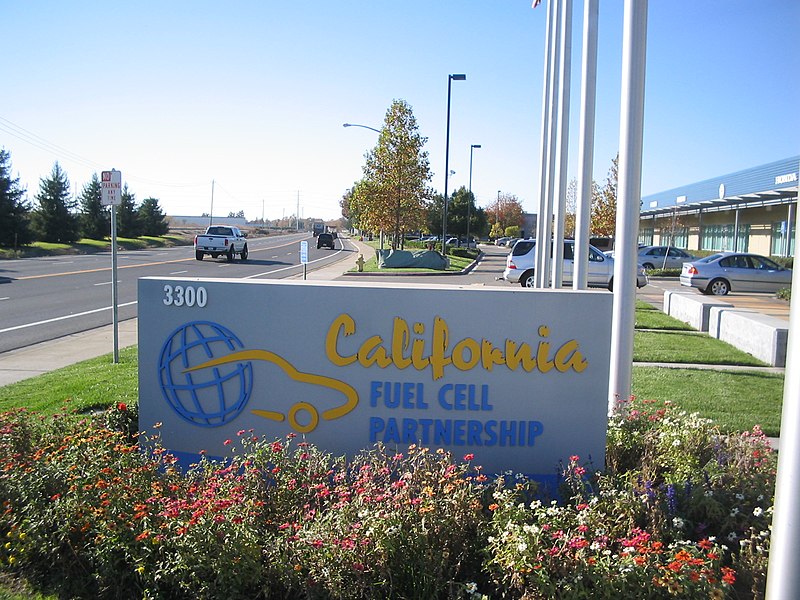 California has traditionally been one of the states that are most willing to adopt and promote the use of alternative fuel vehicles, trying to increase demand for electric and hybrid vehicles through various incentives, investments in
California has traditionally been one of the states that are most willing to adopt and promote the use of alternative fuel vehicles, trying to increase demand for electric and hybrid vehicles through various incentives, investments in
 California has traditionally been one of the states that are most willing to adopt and promote the use of alternative fuel vehicles, trying to increase demand for electric and hybrid vehicles through various incentives, investments in infrastructure and creating the necessary legislation. In recent years, it has boosted its efforts for promotion of hydrogen-powered vehicles, which are considered as an even cleaner alternative to conventional cars than plug-in hybrids and all-electric cars. Now, California is making additional efforts to create the infrastructure and regulations that must be put in place before hydrogen fuel cell cars can become mainstream.
California has traditionally been one of the states that are most willing to adopt and promote the use of alternative fuel vehicles, trying to increase demand for electric and hybrid vehicles through various incentives, investments in infrastructure and creating the necessary legislation. In recent years, it has boosted its efforts for promotion of hydrogen-powered vehicles, which are considered as an even cleaner alternative to conventional cars than plug-in hybrids and all-electric cars. Now, California is making additional efforts to create the infrastructure and regulations that must be put in place before hydrogen fuel cell cars can become mainstream.
Earlier this April, California Governor’s Office of Business and Development organized an event where the future of hydrogen vehicles
was discussed. The event was held at the Toyota USA Automobile Museum, where about 150 representatives from various technology suppliers, car manufacturers, state and local governments, and fire departments came and joined the discussion on the topic “Hydrogen Fuel Cell Electric Vehicles and Infrastructure in Your Neighborhood”.
Hector De La Torre, a member of the California Air Resource Board (CARB), gave a keynote speech that was focused on how the state plans to resolve the infrastructure issue. One of the biggest hurdles for hydrogen-powered vehicles is the lack of supporting infrastructure, and the fact that refuelling stations are scarce. In order for these vehicles to be appealing to consumers, much more stations have to be installed all over the country. But, such stations are very expensive to build, and energy companies and car manufacturers are hesitant to invest in such projects before they can be sure that there will be enough hydrogen vehicles so that the stations can be economically viable.
Considering that it costs about $2 million to build a hydrogen filling station, it’s understandable why energy providers and companies like Toyota or Hyundai, won’t engage in such an endeavor until there are some kind of guaranties that there will be enough demand for hydrogen.
This has resulted in a stalemate, which could further delay the adoption of hydrogen vehicles. That’s why the state has created the California Fuel Cell Partnership, which in addition to the California Energy Commission, includes various energy companies and automakers, and aims to figure out which areas need new hydrogen stations the most, and recommend locations to the companies that would be willing to spend $2 million to build and install such stations.
Furthermore, the California Fuel Cell Partnership will help state authorities create some sort of legislation for these stations and figure out which rules and regulations they should comply with.
At the moment, there are 10 publicly available filling stations in California, and the state has already approved additional funds for more stations, with plans to spend $200 million over the next 20 years to build and install another 100 stations.